A tradition spanning the centuries, dabke is considered more of a cultural cornerstone than just a folk
dance. Practiced across Lebanon, we explore its roots and the unique interpretations that have made it more popular than ever.
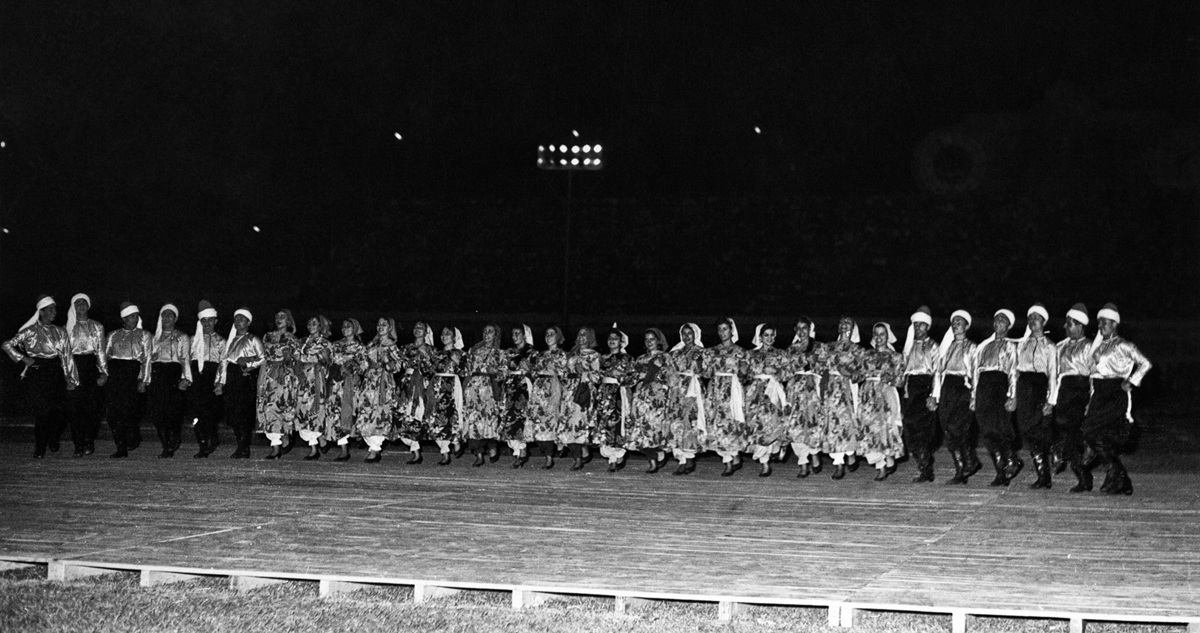
A need for synchronization
The origins of dabke can be traced back to the design of old village homes, a time when roofs were made of tree branches topped with mud. The changing weather conditions — especially rainy winters — rendered these roofs very fragile and prone to cracking, which is why they needed to be forcefully stomped to make sure they would last. While these roofs were not particularly large, stomping them was hardly a one-man job.
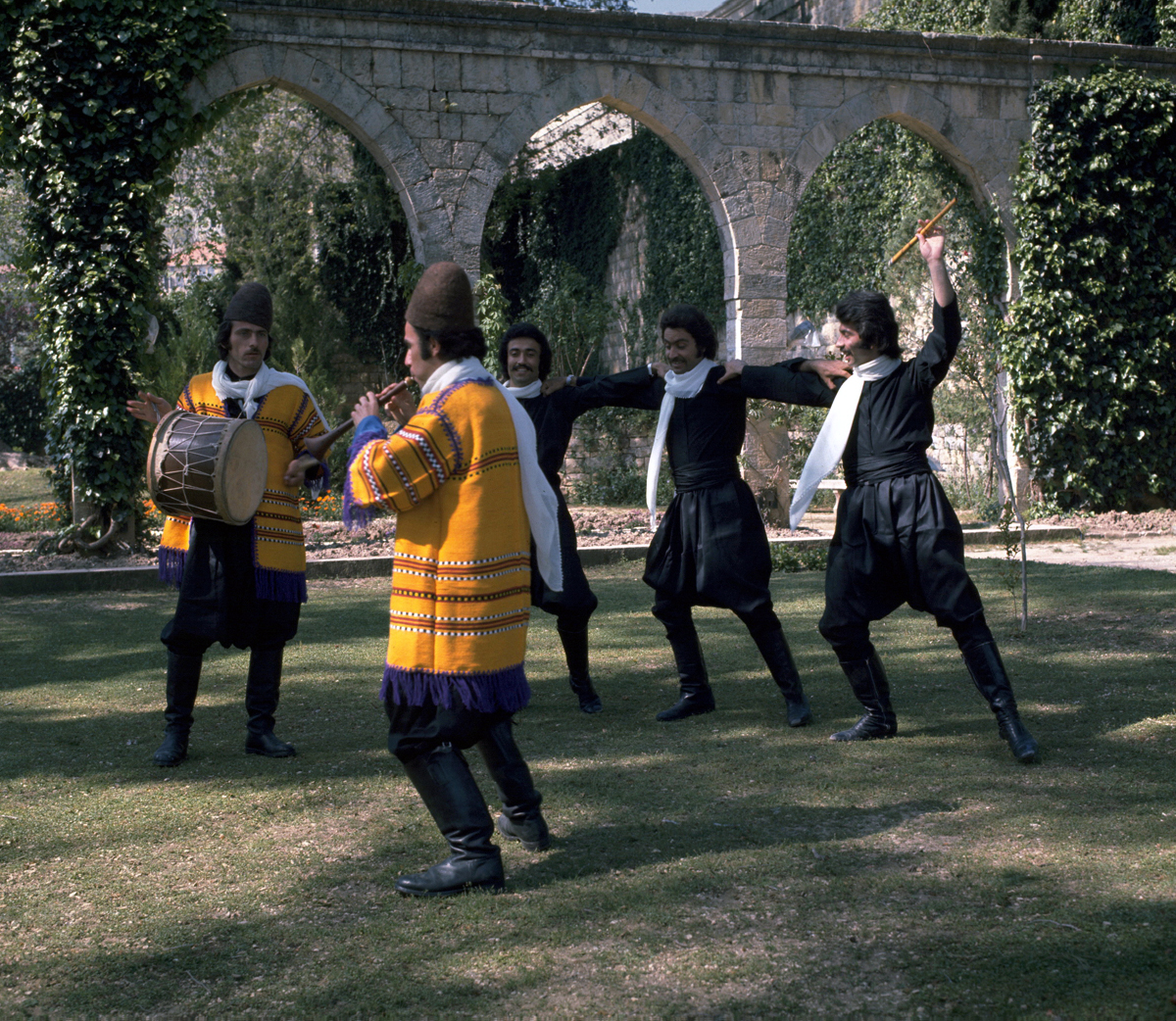
The homeowner would thus call upon neighbors for help; they would stand side by side in a single line and start stomping in sync while walking around on the roof. This was known at the time as al awneh (help). To help with the synchronization, the individuals would improvise a pattern of stomping and villagers would start playing music, mainly from the mejwiz (double flute) to make the whole activity more fun. The dabke was then born.
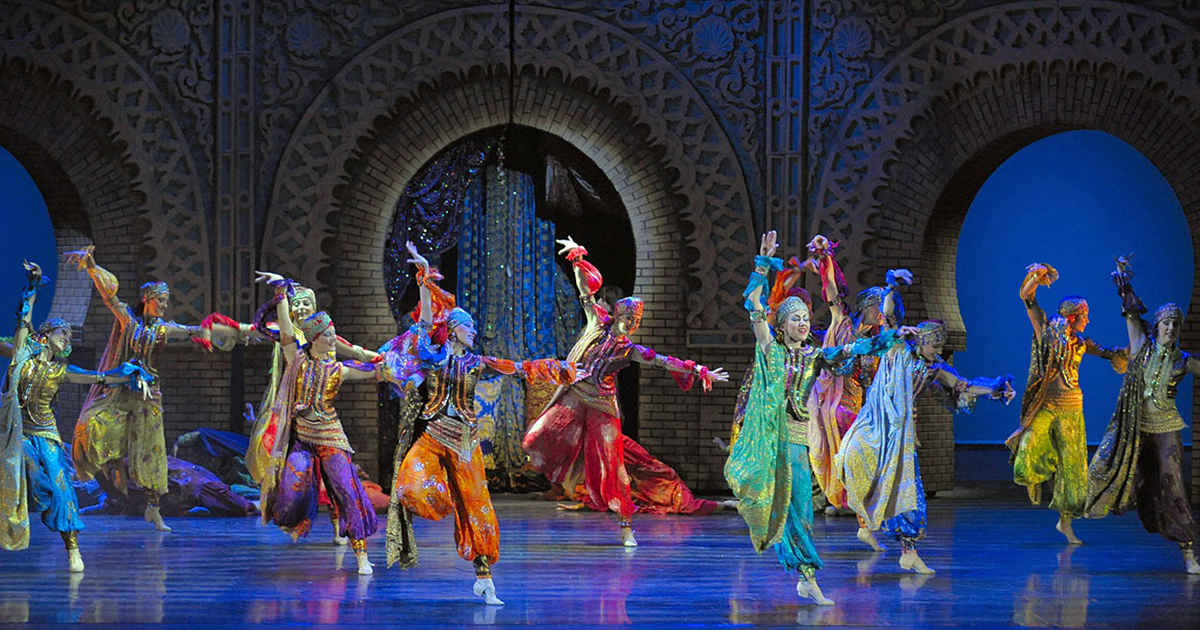
After some time, the mahdaleh (stone roller), was introduced as a tool to press the roofs down, thus eliminating the need for stomping. However, the practice had become too much fun for the villagers to give up. So, the dabke became a tradition and was danced on the front porch of houses to celebrate the work being done.
When music was introduced, al awneh was referred to as daloonah, one of today’s most popular dabke variations.
The Rules
Dabke is danced in a line where dancers hold hands and align their shoulders together. When dancing, the line moves counter-clockwise; and the shoulders never separate. Both men and women dance together.
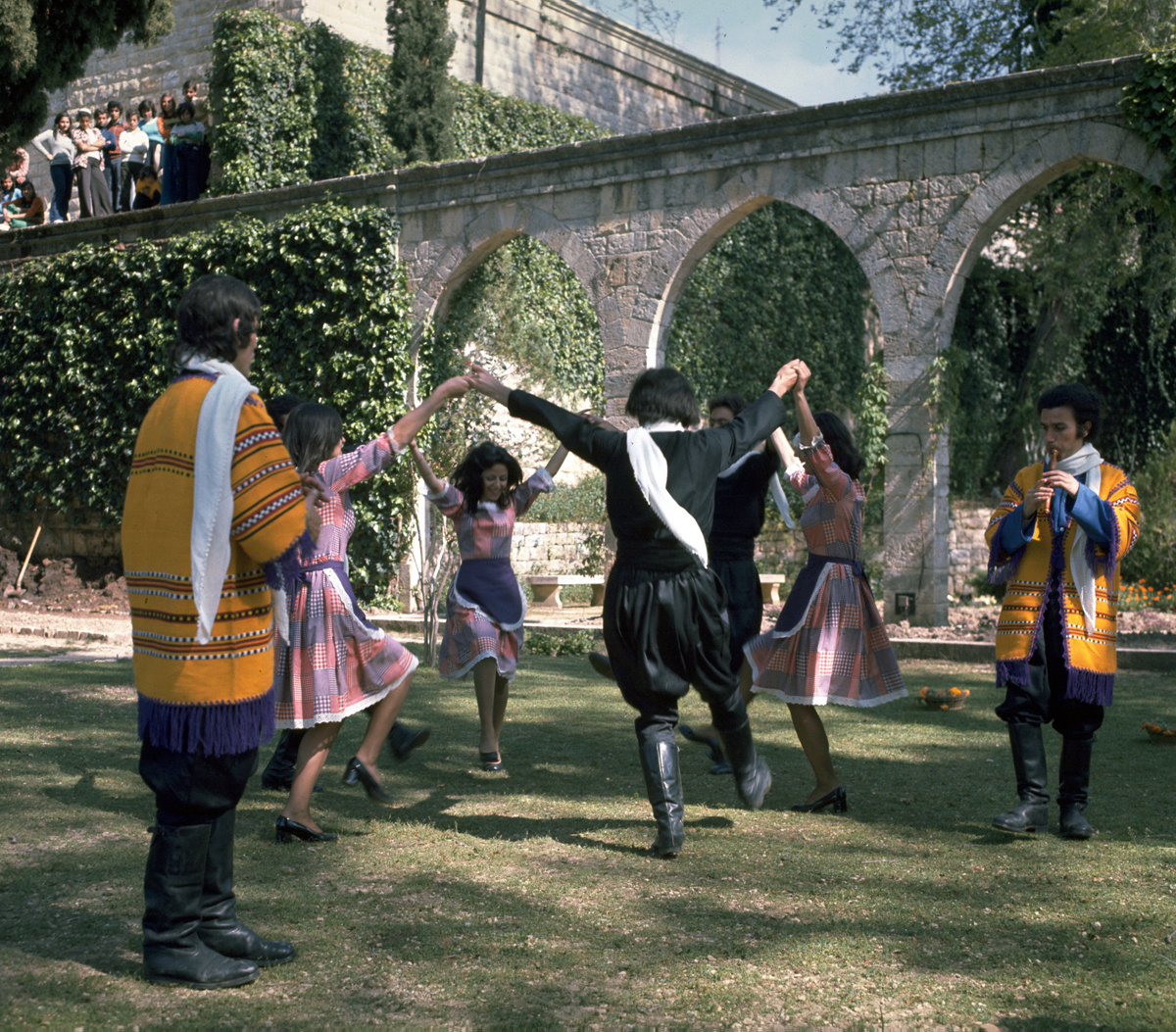
Whereas before the owner of the house or the person being celebrated would stand at the head of the line, today the leader is often the person who dances best as a lot is expected from the individual to keep the dance going. The leader has all the moves; jumps up and down and holds their hands up – these moves are not allowed by anyone else except the person at the other end of the line (who is only allowed to raise their left arm).
The people at both ends of the line usually wave worry beads or canes around. In the earliest days of the dabke, they would actually wave handkerchiefs, which they would also use to wipe off the sweat.
The Variations
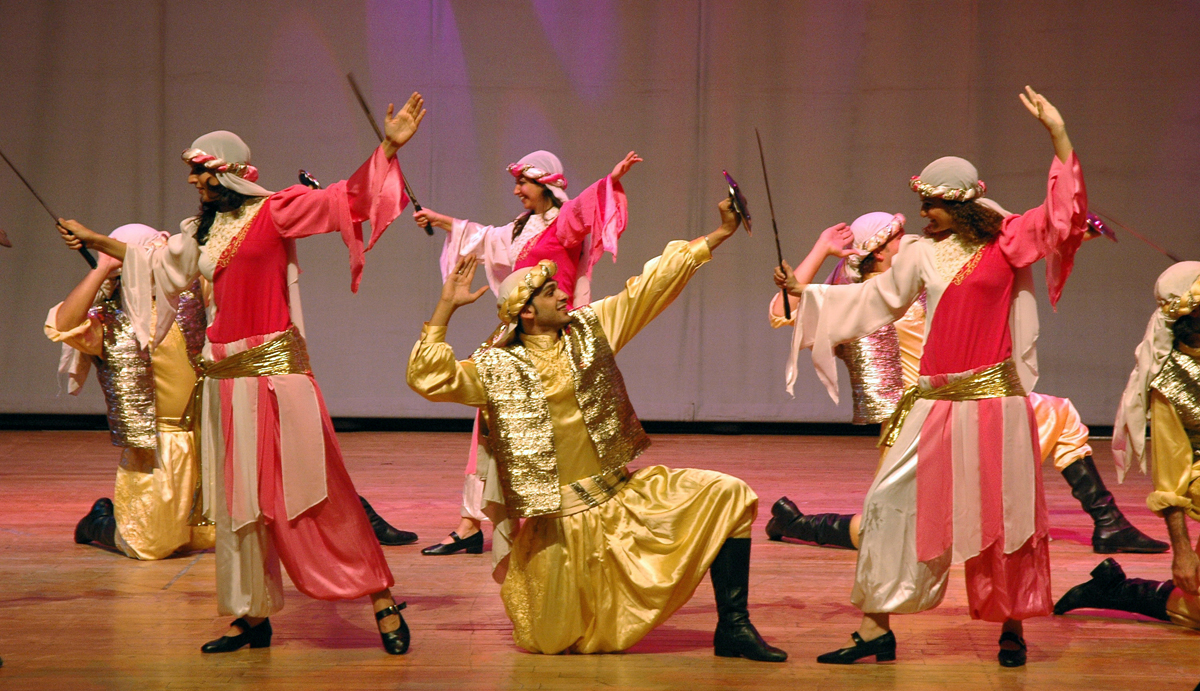
Though it still retains the same characteristics, dabke has been modified in some regions of Lebanon.
- Daloonah is the most common variation and is danced all around Mount Lebanon. It comprises six beats and is typically accompanied by a minjeira or mizmar (types of flutes) and the tabel (drum). Clapping is used to add joy to the festivities.
- Ra’asit el Aarjah (limping dance) is native to Baalbeck. It is slower than the common dabke as it comprises 12 beats. The music is usually a combination of minjeira or mijwiz or rabehbeh (violin-like instrument) and tabel. Any combination can also be accompanied by clapping.
- Metalteh is characteristic of Barja, a southern village. It is composed of 16 beats and the music is a mix of minjeira and tabel.
Different forms of the dance also exist throughout the entire Levant.
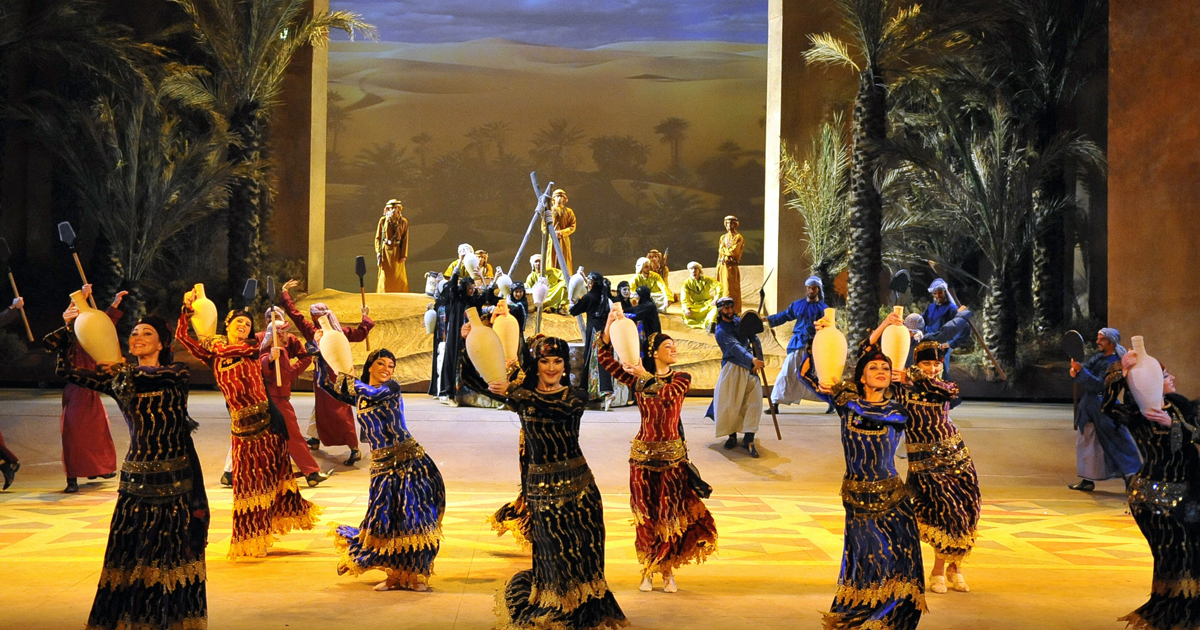
Friendly Competition
Dabke dancers can also challenge each other. The rules are simple: the two people at the front lead together with intricate, high-strung moves for as long as possible. When one of them stumbles, they both move to the end of the line and the next couple in line take up the challenge. This challenge typically goes on until the end of the evening, and, in the spirit of camaraderie, everybody is a winner — because having a good time together is the main objective.
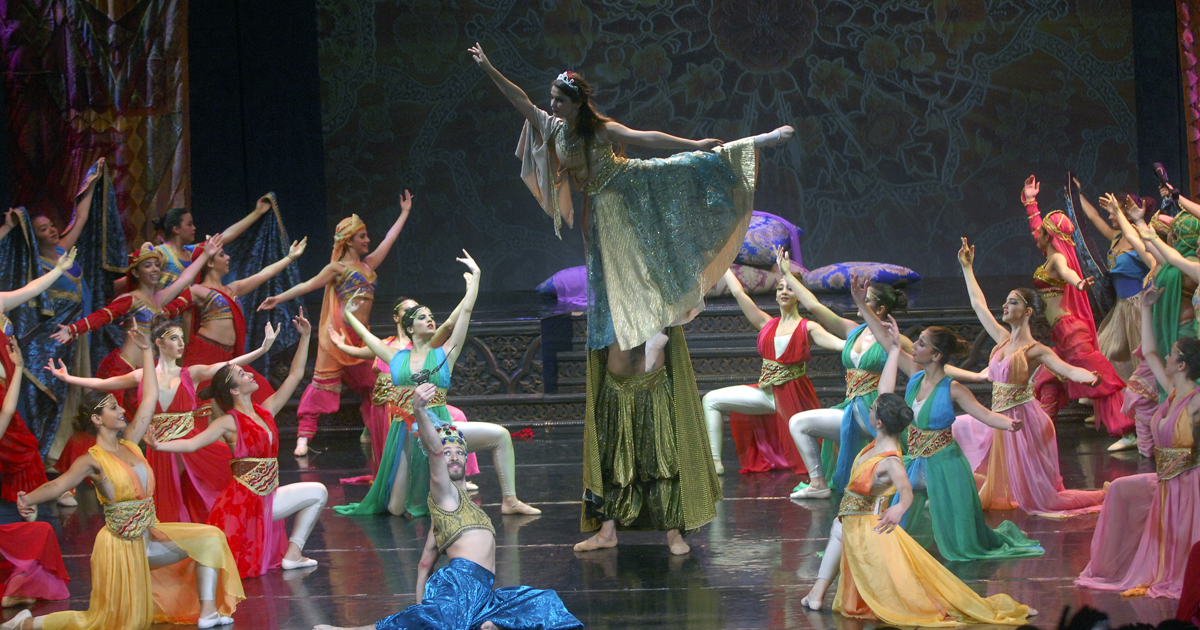
Music
Dabke has many different songs — style and tempo vary. The most famous tune is the daloonah. Houwarah is another popular melody that is more fast-paced; it is also often improvised to fit the situation. Other popular songs include aal maneh and ya bou el hiba.
Experience Dabke Firsthand
If you’re looking to try your hand at dabke in Lebanon, you needn’t look very far because where there is a celebration, there is dabke. During summer, many local festivals take place around Lebanon. If you don’t know the dance, just ask the villagers; they’d be more than happy to show you how.
And if you’re looking for a fully immersive and culturally enriching experience, make sure to take a trip to Maasser el Chouf to join the Jabalna Dabke Day, the only event dedicated to Lebanon’s national dance. The annual festival brings troupes from all over the country to perform dabke shows. The aim is to coin 1 September, currently known as National Dabke Day, the International Dabke Day.
Loading
